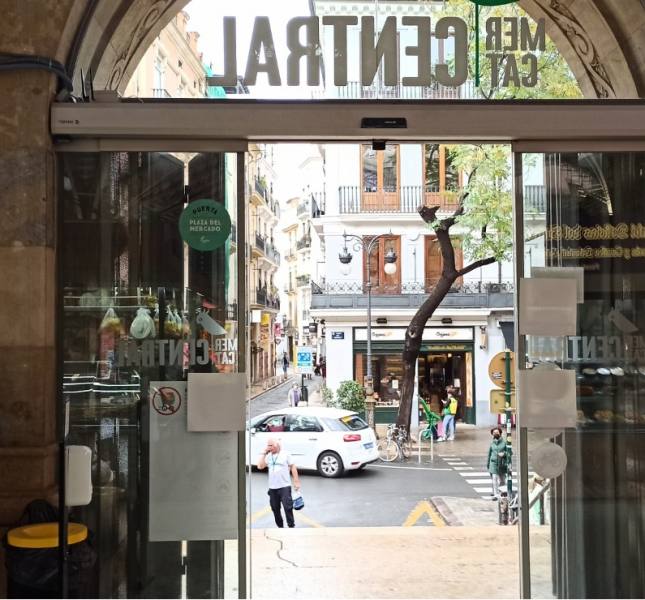Trends
Trends
MAY
03
2021
Spain
For smart and sustainable tourism
In 2019 the province of Valencia ranked fifth in Spain in tourist numbers: According to the Spanish National Statistical Institute, after Catalonia, the Canary Islands, the Balearic Islands and Andalusia. The Valencian Community was the destination of more than 3 million tourists who found it to be an exceptional area, especially its coastline. Part of this achievement is due to the new tourism approach of Valencia Provincial Council, which aims to replace mass tourism in its destinations with diversification.
In line with this approach, they have set up a project called “Connect Valencia. Smart and Sustainable Tourism Territory”, which aims to increase and improve the communications network and data collection by implementing sensors and wi-fi points to improve the capacity of the system of data reception, integration, analysis and protection, while also allowing these to be shared by both public and private operators. Collecting these data will make it possible to study mobility flows and their impact on the environment, to evaluate scenarios and make decisions to improve the return on tourism investments and environmental sustainability.
This project, presented by Valencia Provincial Council and Red.es, the driving force behind the digitalisation plans of the Spanish Ministry of Economic Affairs and Digital Transformation, is also funded by the European Regional Development Fund (ERDF), which encourages innovation in improving the quality of life of citizens.

So what does the project involve?
Cellnex was the company awarded the project. Europe’s leading operator of wireless telecommunications and broadcasting infrastructures provides this project with all of its know-how in installation, management and analysis of sensors for the Internet of Things (IoT). Valencia’s 266 municipalities will be equipped with an infrastructure comprising 1,500 mobility sensors that will provide anonymous information on how tourists and locals move around; 1,300 environmental sensors and 266 weather stations that will collect information on temperature, humidity or wind; 50 interactive tourist totems connected to Wi-Fi; and 37 beacons that will offer content and applications via Bluetooth.
“All these sensors will have connectivity thanks to 500 LoRa (Long Range) antennas that will provide provincial coverage to the area. The municipalities will also be able to use it for their own devices”, comments Ana Belén Mateo, Cellnex’s Commercial of Public Administrations and Cities of the Levante Area. “All the information collected by the various sensors is consolidated and integrated into the Connect Valencia platform, based on the Cellnex SmartBrain solution, which orders and provides customised information to extract a more in-depth understanding of tourists from the data and thus improve their experience, as well as studying the environmental impact of their activity”, explains Ana Belén Mateo.
“For example, these data will help us understand how locals and tourists behave during their visit to the municipality or during a major event such as a fair, and this city council can use this information to take decisions concerning mobility, parking or traffic that will improve environmental sustainability, and ultimately, quality of life”, adds Ana Belén Mateo.
The project is now entering the phase of location and installation of the sensors and antennas. Once installed, data reception and analysis will begin. Finally, all participating entities can access data openly and may use them to take decisions that will help to continue the move towards smarter and more sustainable tourism.
And, although tourism has fallen considerably in all destinations since the onset of the pandemic in 2020, the project will continue to move forward so that everything is ready for when mobility restrictions are eased, in particular for national and international travellers.
















